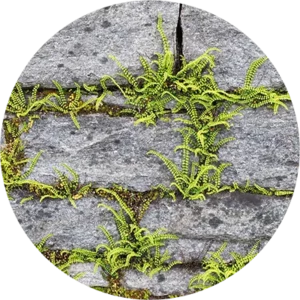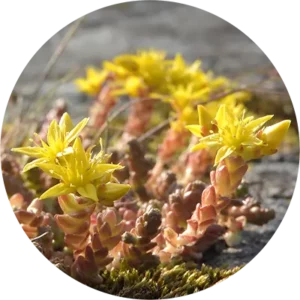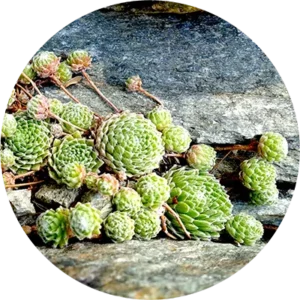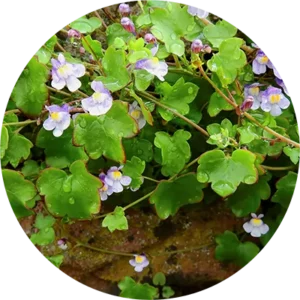Dry stone walls favour beneficial animals
Dry stone walls consist of „dry“ piled natural stones – i.e. without the aid of mortar or cement. In the past, they were mainly used to enclose fields, settlements and cemeteries, and to terrace (step) mainly steep vineyards. Especially in vineyards, this makes work easier and reduces the loss of soil through erosion.
It also reduces the cooling of the vineyard at night, as the stones heat up in the sun during the day. Dry stone walls are an important secondary man-made habitat. Animals and plants that were originally native to rocky and stony environments (so-called hemerophile) settle here.

If cracks fill up with soil, plants such as wall ivyleaved toadflax, stonecrop, common houseleek and maidenhair spleenwort can settle.
Cracks and cavities provide shelter for many animals, such as mice, beetles and spiders. Here they find food and hiding places. Poikilothermal animals, such as lizards and snakes, particularly use the warmth stored in the stones for their wellbeing and survival.
Dry stone walls
- prevent soil erosion.
- foster biodiversity.
- have a positive infl uence on the microclimate.
- are important substitute habitats for hemerophile.



